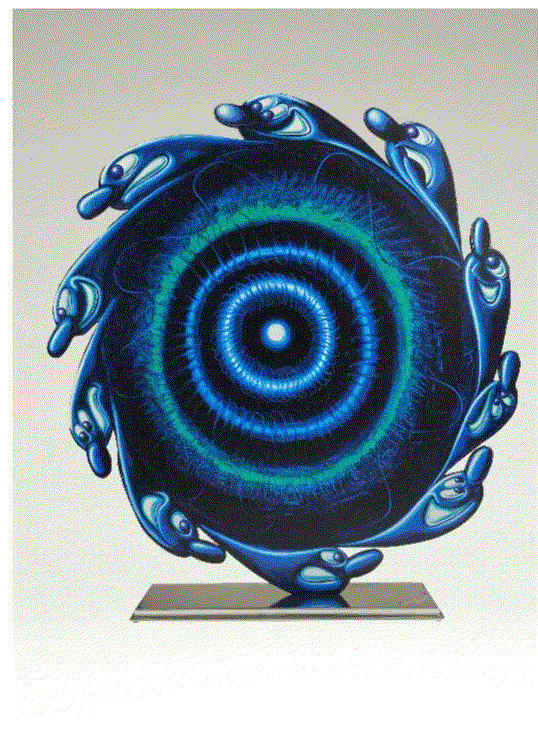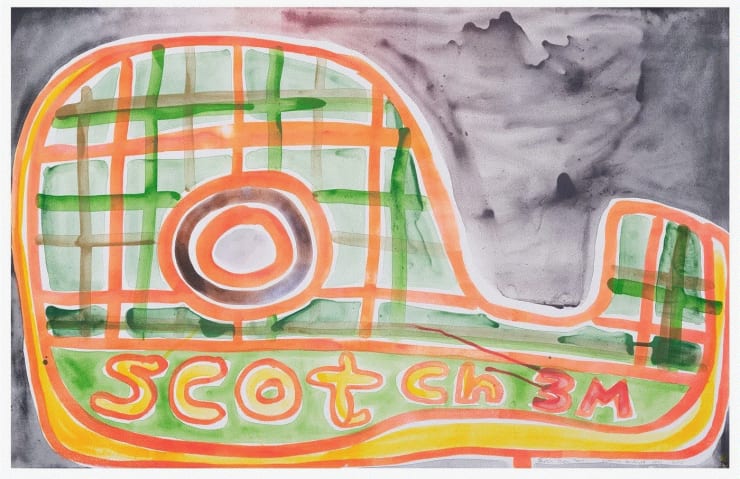Henri Matisse
Henri Émile Benoît Matisse was born in Le Cateau-Cambrésis, in Northern France on New Year's Eve in 1869. He was the oldest of three sons. His father was a grain and hardware merchant, his mother an amateur painter.
Matisse studied at at the College de Saint Quentin before moving to Paris to study law. In 1889 he returned to Saint Quentin to work as a law clerk. He left the job, not just because he found it tedious and uninspiring, but because he had an attack of appendicitis. While he recovered at home, his mother gave him art supplies to occupy his time and he was so inspired by the process of painting that he retuned to Paris in 1891 to study art.
Matisse failed the entrance exams for the École des Beaux Arts and, instead, he studied with French symbolist painter Gustave Moreau, who encouraged his students to use color as a means of expression.
Moreau also helped Matisse prepare for the entrance exams to the École des Beaux Arts. He was accepted to the school in 1895, and continued to study with Moreau until 1898. Before entering school, Matisse had a daughter, Marguerite, with one of his models, Caroline Joblaud.
Matisse's relationship with Joblaud did not last. Matisse assumed custody of his daughter. In 1898, he married Amélie Noellie Parayre, with whom he had two sons.
In 1905 Matisse worked with artist Andre Derain to create works that used bold and vivid colors, in ways that had never been used before. Their work was not initially embraced by the art world. Critic Louis Vauxcelles called them les Fauves, or the wild beasts, and so began the Fauvist movement. Although the Fauvist movement lasted only a few years, it led Matisse toward an evolution of his style.
Beginning in 1906, Matisse interacted with many other great artists in Montparnasse and traveled to Spain, Algeria and Morocco, where he studied Moorish and Primitive Art. His use of bold colors continued to evolve and he added black accents to his works. It was during this time that he met Picasso at the home of Gertrude Stein. Her brother, Leo Stein, became a collector of Matisse's work.
In 1917, Matisse moved to the French Riviera. He used the same bold colors that were his unique style, collaborated with other artists and began to simplify his subject matter. By 1930, Matisse's art was internationally known and he was highly regarded as a painter and sculptor. He was commissioned to create a mural for the Barnes Foundation, which owned many of his works.
After 41 years of marriage, Amelie divorced Matisse because she suspected him of having an affair with Lydia Delectorskaya, a young Russian woman, forty years his junior, who had been hired to help with the household. Delectorskaya became his muse, model, manager and companion, remaining with Matisse until the end of his life.
Matisse remained in France during World War ll. His son, Pierre, was a successful art gallerist in New York and helped many artists escape the Nazi occupation of France. He could not, however, convince his father to leave. In 1941, Matisse underwent surgery for abdominal cancer. The surgery left him weak and reliant on a wheelchair. His limited mobility led him to begin to create paper collages, many of which became his most famous and notable works.
Matisse died of a heart attack in 1954. He was 84 years old. His works influenced much of the modern art that has been created by the artists that succeeded him. The Matisse Museum in Nice is dedicated to his works, which can also be found in major museums and galleries around the world.
References:
David Carrier. MATISSE In Search of True Painting. The Brooklyn Rail. February 2013.Rebekah Kirkman. BMA shows dozens of Matisse's drawings of his daughter. Baltimore City Painting. The Baltimore Sun. October 30, 2013.
-

Recent Acquisitions at VFA
We've Moved! May 21, 2025A painting is a kind of love letter to the audience. - Donald Sultan Donald Sultan uses tough textures to create soft, romantic works. He...Read more -

Odili Donald Odita: Songs from Life at MoMA
Matisse and Marguerite: Through Her Father’s Eyes in Paris May 7, 2025Odili Donald Odita has been commissioned to create a site-specific work at MoMA that surrounds the museum’s entire main lobby with bright planes of interweaving...Read more -

Matisse and More at the Expanded AGB Museum in Lakeland
Alexander Calder: Solid Gold January 22, 2025What I dream of is an art of balance, of purity and serenity, devoid of troubling or depressing subject-matter, an art which could be for...Read more -

Works by Julian Opie and Henri Matisse at VFA
August 21, 2024So far this year, Julian Opie ’s works have been exhibited in London, Milan, Guangdong, TianJin, Palma de Mallorca, Leon, Boston, Munich and Krakow. Opie’s...Read more -

Kenny Scharf Honored in East Hampton
Works by Henri Matisse and Ellsworth Kelly on View in Paris August 7, 2024On Saturday, July 20, Kenny Scharf (b.1958) was honored by the LongHouse Reserve art center in East Hampton, New York. “We are recognizing Kenny Scharf...Read more -

Katherine Bernhardt Does Pokeman. Tyler Hobbs in London. Matisse Room at the Vatican
July 19, 2023I do hope that viewers take away a few things from my work: an enjoyment of color—or even a love of color; the idea that...Read more -

Thrifting Picasso
May 23, 2023If looking for bargains in thrift stores doesn’t appeal to you, the story of a New York thrifter’s purchase might change your mind. On her...Read more -

Art on Paper at The Armory Show; Alex Katz’s Upcoming Retrospective
September 5, 2022In 1911, a few young American artists got together to try to figure out a way of presenting modern art to American audiences. They called...Read more -

Tom Wesselmann: In Perspective
November 23, 2018A recent show of Tom Wesselmann's work, at the Musee National de Monaco , looked at Wesselmann's use of the female form. Wesselmann's series of...Read more













